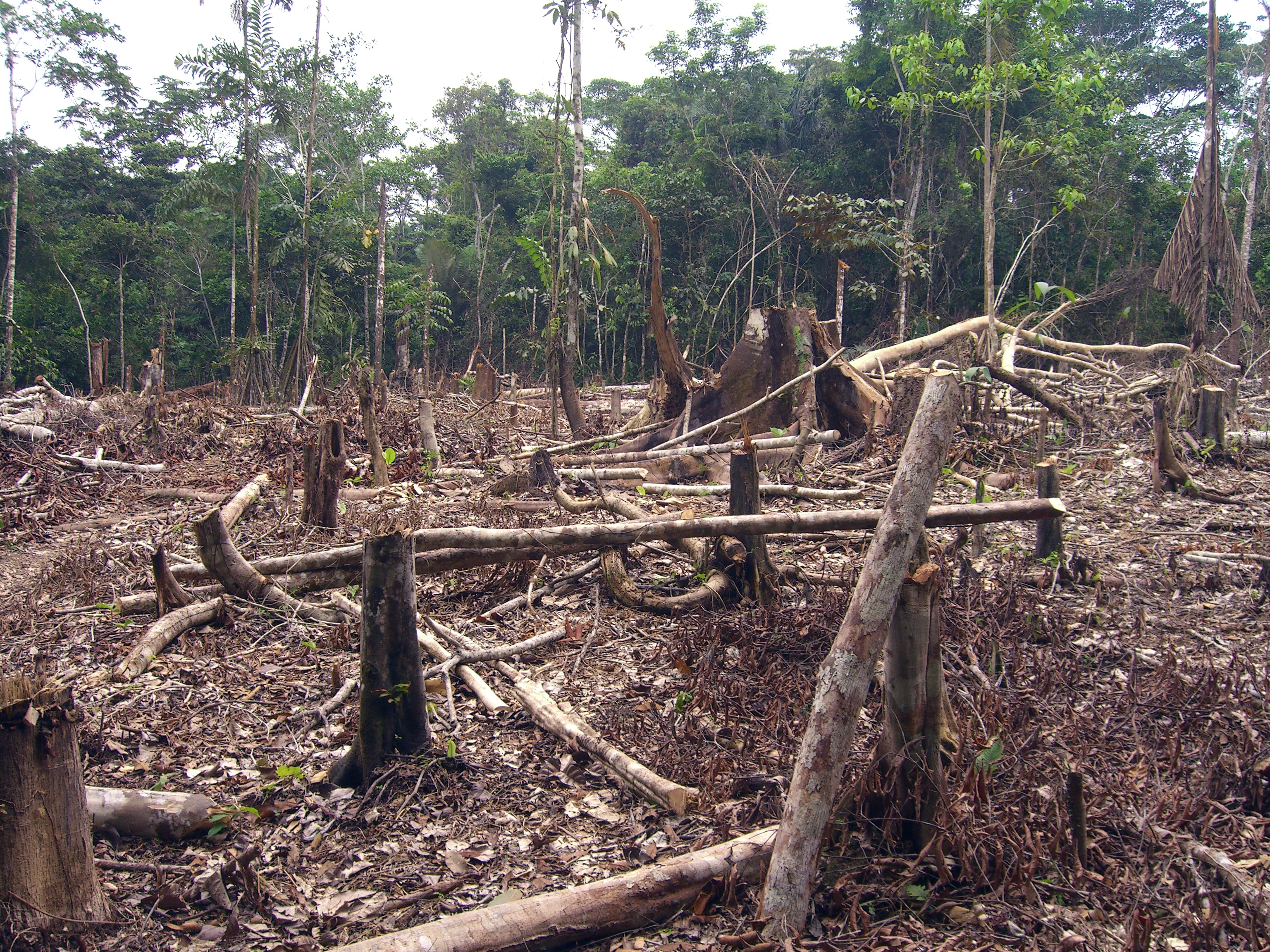
Grace Parry | Writer
January 14, 2021
The Amazon Rainforest and Brazilian Pantanal are two of the most valuable ecosystems on Earth. The Amazon is the largest rainforest on Earth, and it is essential to combating climate change because of the significant amount of carbon dioxide it absorbs. The Pantanal wetlands are a biodiversity hotspot stretching from Brazil all the way down through Bolivia and Paraguay.
In 2020, Brazilian wildfires increased by 12.7%, the decade high, with a total of 222,798 fires across the entire country. The year before, fire rates had risen by 48.7%. Over 103,000 of these fires occurred in the Amazon Rainforest, an annual rise of 16%, and more than 22,000 fires in the Brazilian Pantanal, which is an increase of over 120%. Nearly a quarter of the Pantanal was devastated last year by fires amid the worst drought it has experienced in nearly fifty years.

In August, Brazil reached their highest deforestation rate in twelve years, which wiped out a forest larger than Jamaica in just eight months.
“Unsustainable farming techniques including slash and burn make up a large portion of the deforestation and fires,” junior Maxwell Silva said. “Because the land in the Amazon is only fertile due to the constant addition of decomposing organic matter, the land goes fallow quickly, meaning they have to repeat the process again in just a few years, destroying nature in pursuit of profit.”
Illegal gold mines, while few in number, also cause significant damage to these precious ecosystems. Mercury used by miners to separate gold from grit seeps into the soil and water, poisoning and killing the organisms living there, many of which are endangered.
“The real problem presented by mercury poisoning is biomagnification,” Environmental Science teacher Mr. Kerr said.
This process occurs when an organism lower down in the food chain consumes a toxin, which magnifies and increases in toxicity as it moves higher up the food chain, increasingly affecting apex predators (often seen with mercury poisoning in big fish such as tuna).
“[Mercury] is a pollutant that inhibits the ability of an organism to function normally,” Kerr said. When consumed in great amounts, the toxin can cause brain and kidney malfunction or failure.
As these precious ecosystems are consumed by fire, drought, deforestation, and chemical poisoning, they inch towards a tipping point. Until changes are made to prevent the desertification of the Amazon, organisms will continue to die, resulting in the loss of a major contributor to the stability of the planet.

Leave a Reply